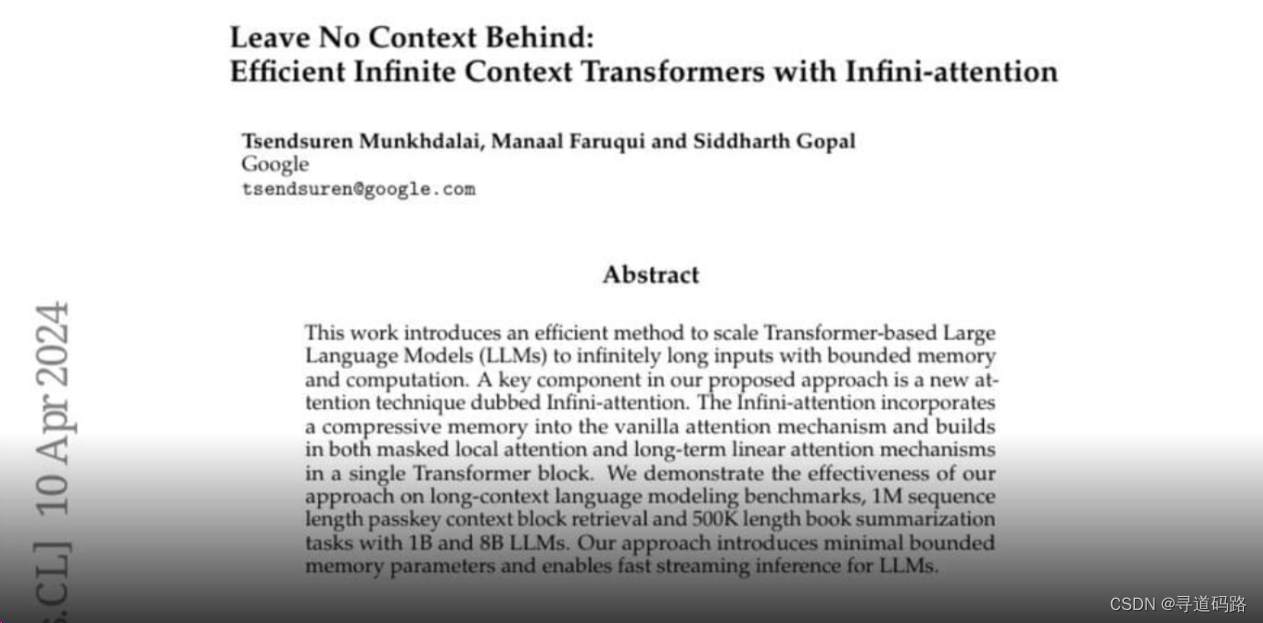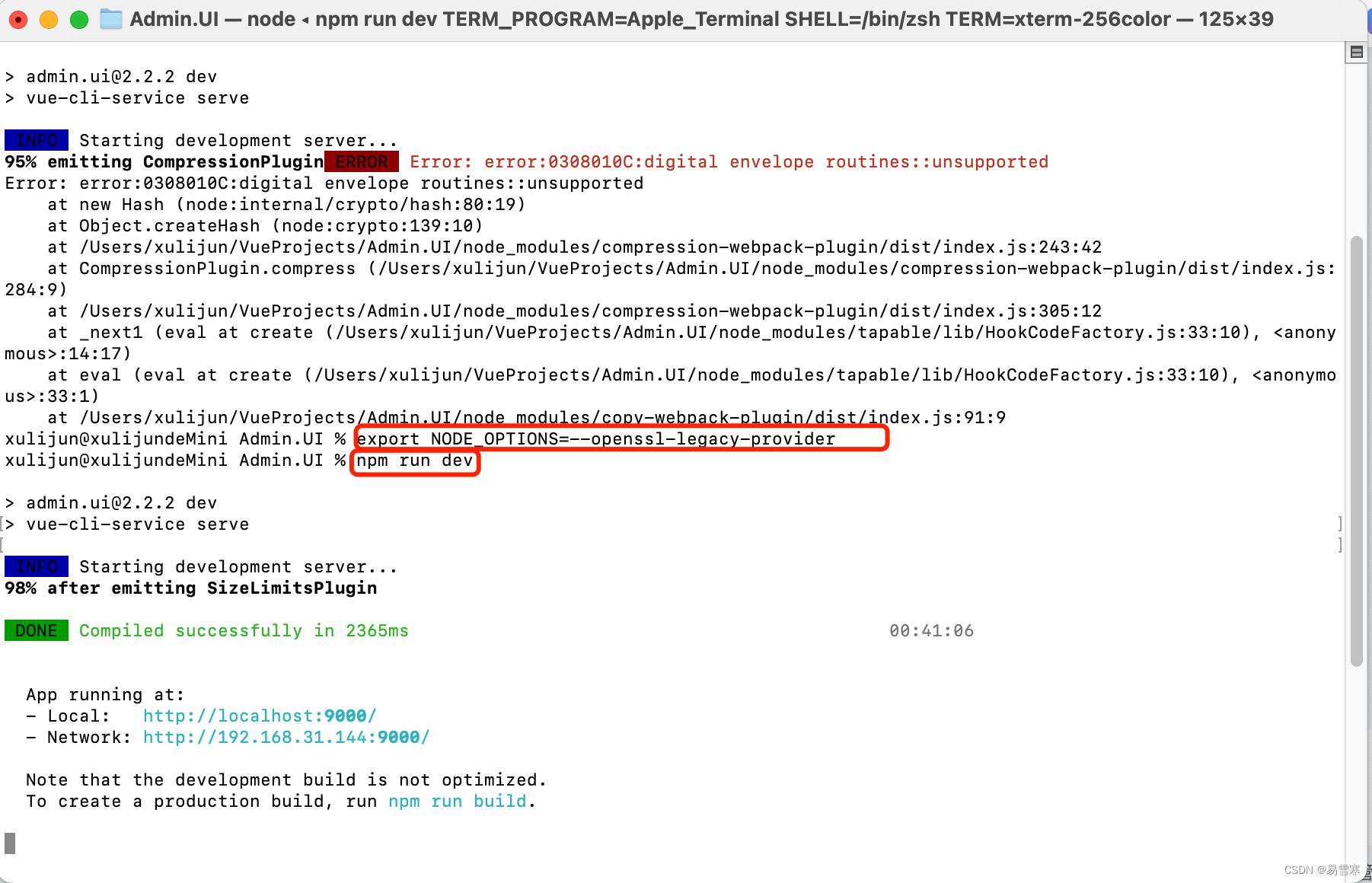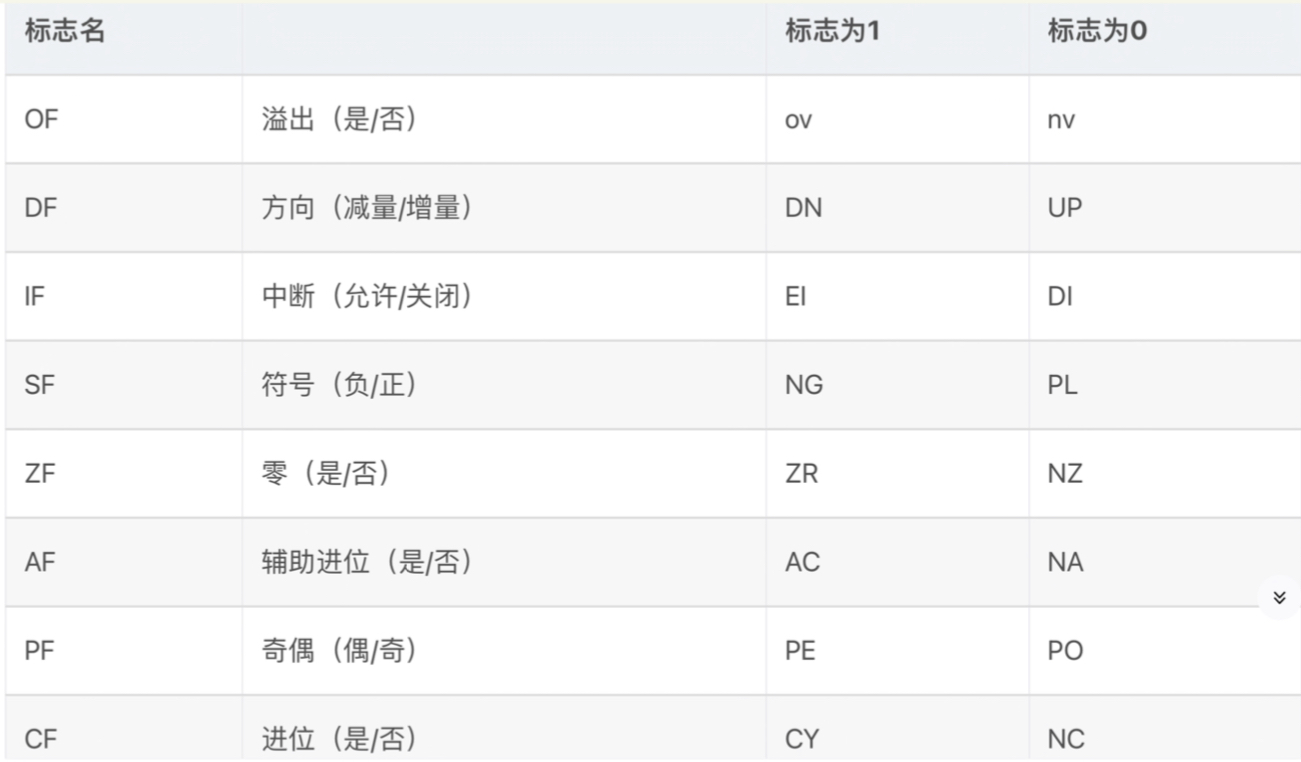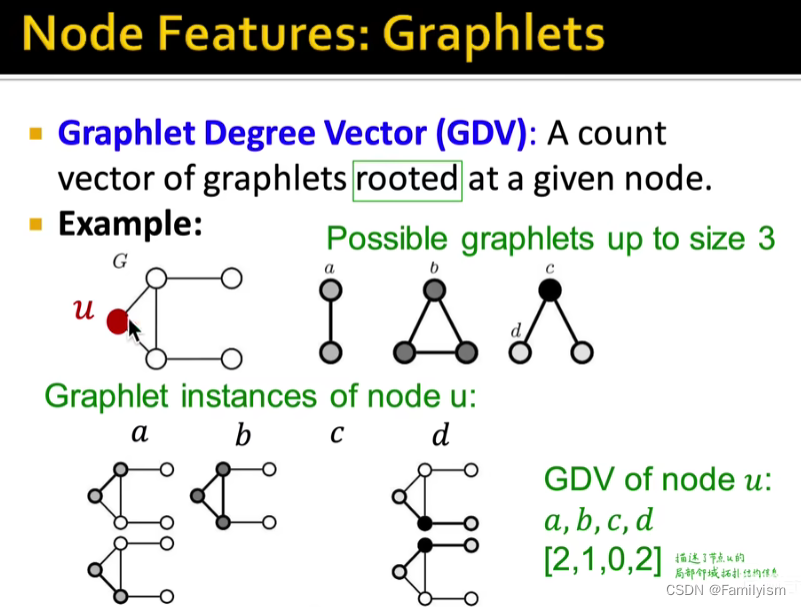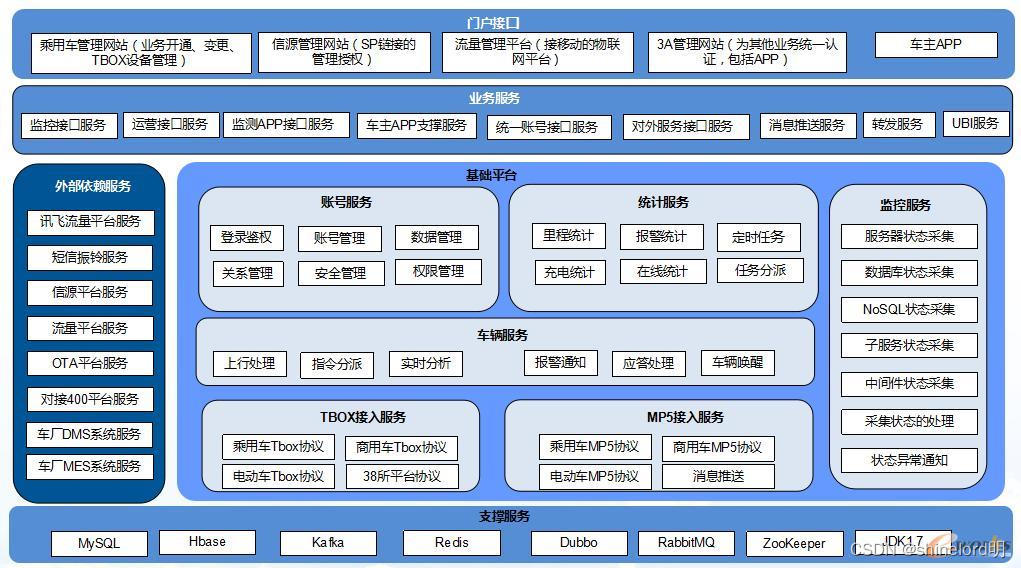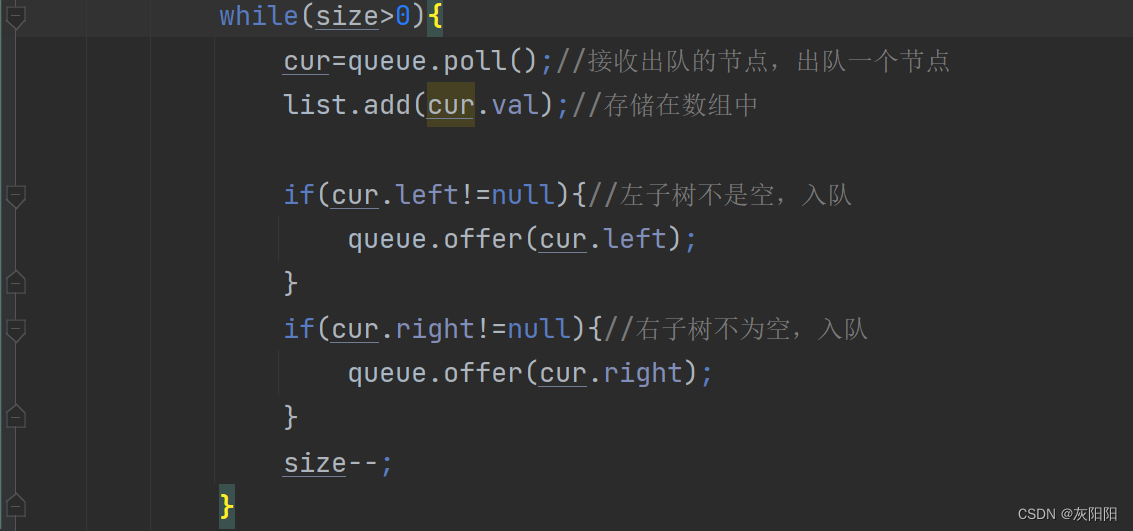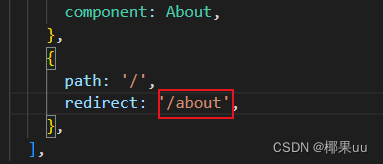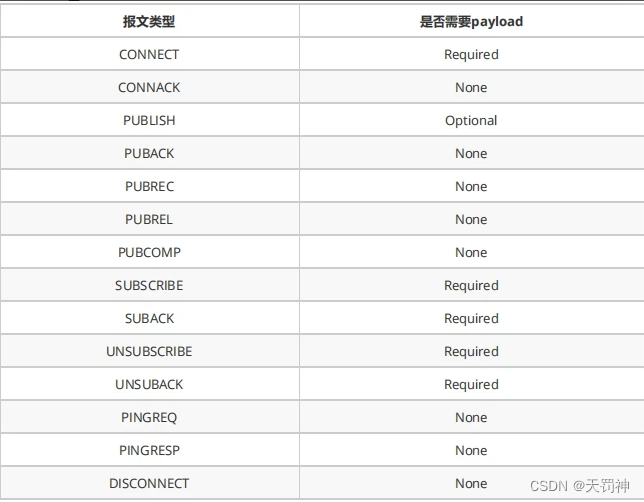基于python语言,采用经典离散粒子群算法(DPSO)对 带硬时间窗的需求拆分车辆路径规划问题(SDVRPTW) 进行求解。
目录
- 往期优质资源
- 1. 适用场景
- 2. 代码调整
- 2.1 需求拆分
- 2.2 需求拆分后的服务时长取值问题
- 3. 求解结果
- 4. 代码片段
- 参考
往期优质资源
经过一年多的创作,目前已经成熟的代码列举如下,如有需求可私信联系,表明需要的 **问题与算法**,原创不宜,有偿获取。
| VRP问题 | GA | ACO | ALNS | DE | DPSO | QDPSO | TS | SA |
|---|---|---|---|---|---|---|---|---|
| CVRP | √ | √ | √ | √ | √ | √ | √ | √ |
| VRPTW | √ | √ | √ | √ | √ | √ | √ | √ |
| MDVRP | √ | √ | √ | √ | √ | √ | √ | √ |
| MDHVRP | √ | √ | √ | √ | √ | √ | √ | √ |
| MDHVRPTW | √ | √ | √ | √ | √ | √ | √ | √ |
| SDVRP | √ | √ | √ | √ | √ | √ | √ | √ |
| SDVRPTW | √ | √ | √ | √ | √ |
1. 适用场景
- 求解SDVRPTW
- 车辆类型单一
- 车辆容量小于部分需求节点需求
- 单一车辆基地
- 带硬时间窗
2. 代码调整
2.1 需求拆分
与SDVRP问题相比,SDVRPTW问题不仅允许客户需求大于车辆载重,而且考虑了客户节点的时间窗约束。为了使得每个客户的需求得到满足,必须派遣一辆或多辆车辆在规定时间窗内对客户进行服务。对于需求节点的拆分,这里依然采取先验拆分策略,本文采用文献[1]提出的先验分割策略,表述如下:
(1)20/10/5/1拆分规则
- m20 =max{ m ∈ Z + ∪ { 0 } ∣ 0.20 Q m < = D i m\in Z^+ \cup \{0\} | 0.20Qm <= D_i m∈Z+∪{0}∣0.20Qm<=Di }
- m10 =max{ m ∈ Z + ∪ { 0 } ∣ 0.10 Q m < = D i − 0.20 Q m 20 m\in Z^+ \cup \{0\} | 0.10Qm <= D_i-0.20Qm_{20}~ m∈Z+∪{0}∣0.10Qm<=Di−0.20Qm20 }
- m5 =max{ m ∈ Z + ∪ { 0 } ∣ 0.05 Q m < = D i − 0.20 Q m 20 − 0.10 Q m 10 m\in Z^+ \cup \{0\} | 0.05Qm <= D_i-0.20Qm_{20}-0.10Qm_{10} m∈Z+∪{0}∣0.05Qm<=Di−0.20Qm20−0.10Qm10 }
- m1 =max{ m ∈ Z + ∪ { 0 } ∣ 0.01 Q m < = D i − 0.20 Q m 20 − 0.10 Q m 10 − 0.05 Q m 5 m\in Z^+ \cup \{0\} | 0.01Qm <= D_i-0.20Qm_{20}-0.10Qm_{10}-0.05Qm_{5} m∈Z+∪{0}∣0.01Qm<=Di−0.20Qm20−0.10Qm10−0.05Qm5 }
(2)25/10/5/1拆分规则
- m25 =max{ m ∈ Z + ∪ { 0 } ∣ 0.25 Q m < = D i m\in Z^+ \cup \{0\} | 0.25Qm <= D_i m∈Z+∪{0}∣0.25Qm<=Di }
- m10 =max{ m ∈ Z + ∪ { 0 } ∣ 0.10 Q m < = D i − 0.25 Q m 25 m\in Z^+ \cup \{0\} | 0.10Qm <= D_i-0.25Qm_{25}~ m∈Z+∪{0}∣0.10Qm<=Di−0.25Qm25 }
- m5 =max{ m ∈ Z + ∪ { 0 } ∣ 0.05 Q m < = D i − 0.25 Q m 25 − 0.10 Q m 10 m\in Z^+ \cup \{0\} | 0.05Qm <= D_i-0.25Qm_{25}-0.10Qm_{10} m∈Z+∪{0}∣0.05Qm<=Di−0.25Qm25−0.10Qm10 }
- m1 =max{ m ∈ Z + ∪ { 0 } ∣ 0.01 Q m < = D i − 0.25 Q m 25 − 0.10 Q m 10 − 0.05 Q m 5 m\in Z^+ \cup \{0\} | 0.01Qm <= D_i-0.25Qm_{25}-0.10Qm_{10}-0.05Qm_{5} m∈Z+∪{0}∣0.01Qm<=Di−0.25Qm25−0.10Qm10−0.05Qm5 }
在实现过程中,对于需求超过车辆容量的客户必须进行需求拆分,而对于未超过车辆容量的客户可以拆分也可以不拆分,这里设置了参数比例进行限制。
2.2 需求拆分后的服务时长取值问题
节点的服务时长会影响车辆的行进时间,进而会影响与节点时间窗的匹配问题。一般来说,节点的服务时长与需求量成正比关系,在进行节点需求拆分后,新节点的需求量降低,其服务时长理应也降低。但从标准数据集来看,各需求节点的服务时长均采用同一数值。因此本文在代码实现过程中也采用固定值,不考虑新节点服务时长的变化。当然,如有需要,也可以设置单位货物的服务时长,根据拆分后节点的具体需求量设置相应的服务时长。
3. 求解结果
(1)收敛曲线

(2)车辆路径

(3)输出内容

4. 代码片段
(1)数据结构
# 数据结构:解
class Sol():
def __init__(self):
self.obj=None # 目标函数值
self.node_no_seq=[] # 解的编码
self.route_list=[] # 解的解码
self.timetable_list=[] # 车辆访问各点的时间
self.route_distance_list = None
# 数据结构:需求节点
class Node():
def __init__(self):
self.id=0 # 节点id
self.x_coord=0 # 节点平面横坐标
self.y_coord=0 # 节点平面纵坐标
self.demand=0 # 节点需求
self.start_time=0 # 节点开始服务时间
self.end_time=1440 # 节点结束服务时间
self.service_time=0 # 单次服务时长
self.vehicle_speed = 0 # 行驶速度
# 数据结构:车场节点
class Depot():
def __init__(self):
self.id=0 # 节点id
self.x_coord=0 # 节点平面横坐标
self.y_coord=0 # 节点平面纵坐标
self.start_time=0 # 节点开始服务时间
self.end_time=1440 # 节点结束服务时间
self.v_speed = 0 # 行驶速度
self.v_cap = 80 # 车辆容量
# 数据结构:全局参数
class Model():
def __init__(self):
self.best_sol=None # 全局最优解
self.sol_list=[] # 解的集合
self.demand_dict = {} # 需求节点集合
self.depot = None # 车场节点集合
self.demand_id_list = [] # 需求节点id集合
self.distance_matrix = {} # 距离矩阵
self.time_matrix = {} # 时间矩阵
self.number_of_demands = 0 # 需求点数量
self.demand_id_list_ = [] # 经先验需求分割后的节点集合
self.demand_dict_ = {} # 需求分割后的节点需求集合
self.distance_matrix_ = {} # 原始节点id间的距离矩阵
self.time_matrix_ = {} # 原始节点id间的时间矩阵
self.mapping = {} # 需求分割前后的节点对应关系
self.split_rate = 0.5 # 控制需求分割的比例(需求超出车辆容量的除外)
self.popsize = 100 # 种群规模
self.pl=[] # 个体历史最优解
self.pg=None # 种群历史最优解
self.v=[] # 速度集合
self.Vmax=5 # 最大移动速度
self.w=0.8 # 惯性权重
self.c1=2 # 信息启发式因子
self.c2=2 # 信息启发式因子
(2)距离矩阵
# 读取csv文件
def readCSVFile(demand_file,depot_file,model):
with open(demand_file,'r') as f:
demand_reader=csv.DictReader(f)
for row in demand_reader:
node = Node()
node.id = int(row['id'])
node.x_coord = float(row['x_coord'])
node.y_coord = float(row['y_coord'])
node.demand = float(row['demand'])
node.start_time=float(row['start_time'])
node.end_time=float(row['end_time'])
node.service_time=float(row['service_time'])
model.demand_dict[node.id] = node
model.demand_id_list.append(node.id)
model.number_of_demands=len(model.demand_id_list)
with open(depot_file, 'r') as f:
depot_reader = csv.DictReader(f)
for row in depot_reader:
depot = Depot()
depot.id = row['id']
depot.x_coord = float(row['x_coord'])
depot.y_coord = float(row['y_coord'])
depot.start_time=float(row['start_time'])
depot.end_time=float(row['end_time'])
depot.v_speed = float(row['v_speed'])
depot.v_cap = float(row['v_cap'])
model.depot = depot
# 初始化参数:计算距离矩阵时间矩阵
def calDistanceTimeMatrix(model):
for i in range(len(model.demand_id_list)):
from_node_id = model.demand_id_list[i]
for j in range(len(model.demand_id_list)):
to_node_id = model.demand_id_list[j]
dist = math.sqrt((model.demand_dict[from_node_id].x_coord - model.demand_dict[to_node_id].x_coord) ** 2
+ (model.demand_dict[from_node_id].y_coord - model.demand_dict[to_node_id].y_coord) ** 2)
model.distance_matrix[from_node_id, to_node_id] = dist
model.time_matrix[from_node_id,to_node_id] = math.ceil(dist/model.depot.v_speed)
dist = math.sqrt((model.demand_dict[from_node_id].x_coord - model.depot.x_coord) ** 2 +
(model.demand_dict[from_node_id].y_coord - model.depot.y_coord) ** 2)
model.distance_matrix[from_node_id, model.depot.id] = dist
model.distance_matrix[model.depot.id, from_node_id] = dist
model.time_matrix[from_node_id,model.depot.id] = math.ceil(dist/model.depot.v_speed)
model.time_matrix[model.depot.id,from_node_id] = math.ceil(dist/model.depot.v_speed)
(3)邻域搜索
# 更新位置
def updatePosition(model):
w=model.w
c1=model.c1
c2=model.c2
pg = model.pg
for id,sol in enumerate(model.sol_list):
x=sol.node_no_seq
v=model.v[id]
pl=model.pl[id].node_no_seq
r1=random.random()
r2=random.random()
new_v=[]
for i in range(model.number_of_demands):
v_=w*v[i]+c1*r1*(pl[i]-x[i])+c2*r2*(pg[i]-x[i])
if v_>0:
new_v.append(min(v_,model.Vmax))
else:
new_v.append(max(v_,-model.Vmax))
new_x=[min(int(x[i]+new_v[i]),model.number_of_demands-1) for i in range(model.number_of_demands) ]
new_x=adjustRoutes(new_x,model)
model.v[id]=new_v
timetable_list, new_obj, route_distance,route_list=calObj(new_x,model)
if new_obj<model.pl[id].obj:
model.pl[id].node_no_seq=copy.deepcopy(new_x)
model.pl[id].obj=new_obj
model.pl[id].route_list=route_list
model.pl[id].route_distance = route_distance
model.pl[id].timetable_list = timetable_list
if new_obj<model.best_sol.obj:
model.best_sol.obj=copy.deepcopy(new_obj)
model.best_sol.node_no_seq=copy.deepcopy(new_x)
model.best_sol.route_list=copy.deepcopy(route_list)
model.best_sol.route_distance = copy.deepcopy(route_distance)
model.best_sol.timetable_list = copy.deepcopy(timetable_list)
model.pg=copy.deepcopy(new_x)
model.sol_list[id].node_no_seq = copy.deepcopy(new_x)
model.sol_list[id].obj = copy.deepcopy(new_obj)
model.sol_list[id].route_list = copy.deepcopy(route_list)
model.sol_list[id].routes_distance = copy.deepcopy(route_distance)
model.sol_list[id].timetable_list = copy.deepcopy(timetable_list)
# 调整不可行解
def adjustRoutes(node_no_seq,model):
all_node_id_list=copy.deepcopy(model.demand_id_list_)
repeat_node=[]
for id,node_no in enumerate(node_no_seq):
if node_no in all_node_id_list:
all_node_id_list.remove(node_no)
else:
repeat_node.append(id)
for i in range(len(repeat_node)):
node_no_seq[repeat_node[i]]=all_node_id_list[i]
return node_no_seq
参考
【1】 A novel approach to solve the split delivery vehicle routing problem
